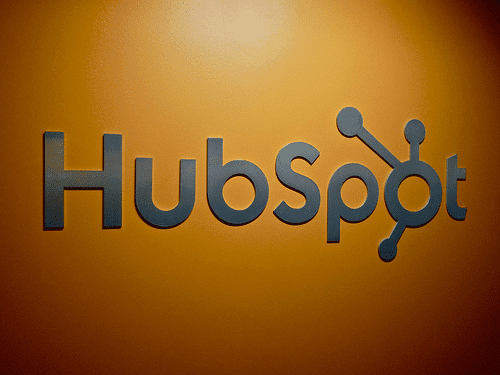Prior to joining an agency the helps clients launch new businesses, I spent years as a marketing communications manager at multiple tech startups. Most delay investing in marketing programs until they are about to launch, preferring to remain in “stealth” mode to keep competitors in the dark about specific plans. Fair enough. We don’t want to tell competitors in advance how we’re going to disrupt their businesses.
But far too often startups don’t just delay marketing, they delay building a solid marketing infrastructure, and the results can be costly and unproductive. You hire a PR firm to start getting the word out about your company and product. You pay them $15,000 a month (or more) to write and distribute press releases, pitch stories and build relationships with journalists. You build an awesome website that reflects your brand, is optimized for search, and tells your story, likely costing $20,000-$30,000. You build social networks to help connect with your target audience, paying an employee or contractor to post and promote content. Your sales team starts working the phones and attending trade shows to start generating leads. Most companies I worked for used Salesforce to enter leads, costing about $150 per month.
OK, the word is out. Articles are being written. Your web traffic is on the rise. You have a social following. Leads are getting logged.
Then what happens?
You have a lot of marketing activity, but little or nothing in the way of infrastructure. Is press coverage delivering business benefits? How do you know who is visiting your website and what they are looking for? Are you able to identify anonymous visitors and social followers? If leads are entered and qualified in Salesforce, how do you communicate with them in the future?
Building a company is like building a house. If you don’t have a solid foundation, you don’t have anything to build on. If your foundation isn’t strong enough or big enough to support the house you want to build, you’re in trouble.
Startups repeatedly build marketing foundations piecemeal, often in a misguided attempt to reduce costs only to find that when the business does start to grow, the marketing infrastructure can’t support it.
This is why we encourage startups that intend to grow to invest in HubSpot or something like it at the beginning of the go-to-market planning stage. HubSpot has a powerful, easy to use CRM that can be easily shared by sales and marketing. It can be used to build an entire website, implement search engine optimization, content management, social monitoring and publishing, email marketing, and centralized reporting that allows companies to track and score every contact’s activity on and offline. You can segment and communicate with leads via email and send them content or product offers appropriate to their sales funnel status. You can also track and set alerts for every time a contact interacts with your marketing efforts, including email opens and website visits.
Do you need all of these features when you are just starting out? No. But using separate platforms to save money early on will likely end up costing you more and slow you down later when you need to act fast.
Perhaps the greatest value of implementing HubSpot early on in the startup development process is to align sales and marketing from the very beginning. With a CRM integrated into the marketing automation platform, marketing and sales can work together to segment lists, set lead qualification criteria, and automate follow-up activities, saving a great deal of time and frustration commonly associated with startup marketing. Salespeople will be able to view every campaign marketing is running and marketing will know exactly when to hand off leads to sales. Loop closed!
How much does HubSpot cost? For most startup companies, it will end up costing about $800/month and about $3,000 for onboarding. HubSpot’s onboarding is second to none, accelerating implementation and consistent use of the platform across the organization. That’s a relatively small investment to ensure that your startup is prepared for growth.




